A round-up of the week’s reviews and previews…
‘Syria’s Apex Generation’ at Ayyam Gallery (Grace Banks)
How does an art scene evolve if its founding location becomes a war zone? In 2010 the owners of Ayyam Gallery, cousins Hisham and Khaled Samawi, were forced to shut down their Damascus headquarters which they had founded in 2006. Within a matter of months, works by Ayyam’s artists were shipped from Syria to the gallery’s location in Dubai. In relocating, Ayyam and many of its collaborators were torn away from the country intrinsic to their creative infrastructure. ‘Syria’s Apex Generation‘, on show at Ayyam’s London exhibition space, looks at what happens to a burgeoning artistic movement when it’s interrupted.
‘The Art and Science of Exploration’ at the Queen’s House (Martin Oldham)
In the newly refurbished rooms of the Queen’s House, Greenwich…the art of Captain Cook’s voyages of discovery has been re-hung under the title ‘The Art and Science of Exploration’…It is certainly true that the artists who sailed with Cook played a crucial role in documenting and disseminating knowledge about the lands, peoples and wildlife discovered during the voyages, and the exhibition expertly explains how this happened. But the relationship between art and science was not always as complementary, nor as high-minded, as the interpretation here would have us believe.
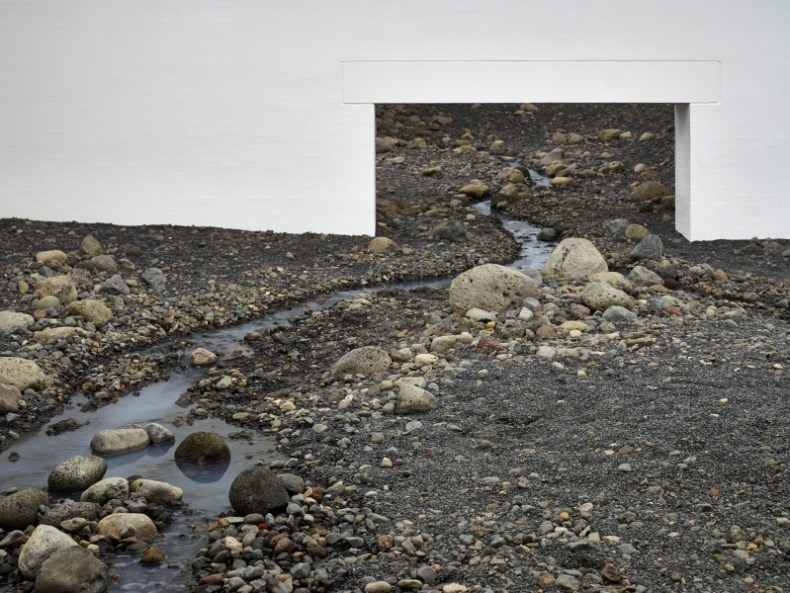
Olafur Eliasson turns Louisiana MoMA into a ‘Riverbed’ (Maggie Gray)
For his latest site-specific project, which opens on 20 August, the artist has transformed the entire south wing of the Louisiana Museum of Modern Art in Denmark into a convincing riverbed – a messy, stony accumulation of sedimentary rock and watery channels that threatens to silt up the white space of the gallery entirely. The result is an uncanny collision of manmade and natural views, and a Sublime reminder of the slow power of nature to erode, overwhelm and erase its own features (and civilisations’ with it) over time.
‘Multiple Exposures: Jewellery and Photography’ at MAD New York (Raisa Rexer)
For most of us, any acquaintance with photographic jewellery is limited to the old-fashioned locket, and even that is an increasing rarity in the digital age. Hoping to change that, ‘Multiple Exposures’…re-examines the old relationship between photography and jewellery. Offering an overview of the 150 year long collaboration of the two forms, but focusing on contemporary pieces, the show looks far beyond the limits of the locket to expand our understanding of photo-jewellery in a post-selfie age…In the maze of new perspectives it opens up, however, ‘Multiple Exposures’ risks losing sight of some of the original allure of its subject.
First Look: ‘Portraiture Now’ at the National Portrait Gallery, Washington (Taína Caragol)
‘Portraiture Now: Staging the Self’ is the ninth of the Portraiture Now series, which showcases the vitality of portraiture in contemporary art. The exhibition is about the construction of individuality in the genre of portraiture, the fluid nature of identity, its theatrical aspect, and the malleability of portraiture as a vehicle to convey that identity.
Sacred and profane: ‘Titian and the Golden Age of Venetian Art’ (Robert O’Byrne)
How strange it can seem to us that chilly, theocratic Philip II of Spain should have been responsible for commissioning some of the most erotically charged paintings in the western canon. Over a 10-year period from 1552, the king received a series of six large canvases depicting mythological scenes from Ovid’s Metamorphoses painted in Venice by the elderly Titian….The exhibition encourages reflection on the links, as well as the differences, between sanctified and worldly lives.
Unlimited access from just $16 every 3 months
Subscribe to get unlimited and exclusive access to the top art stories, interviews and exhibition reviews.

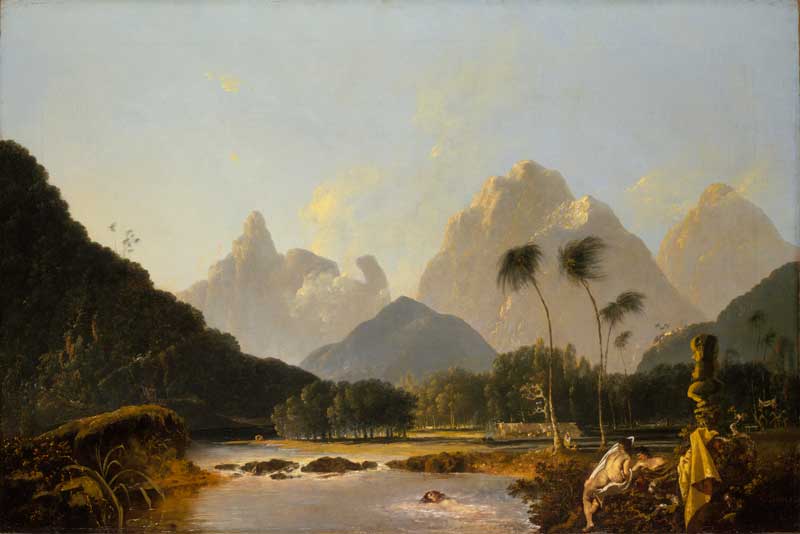
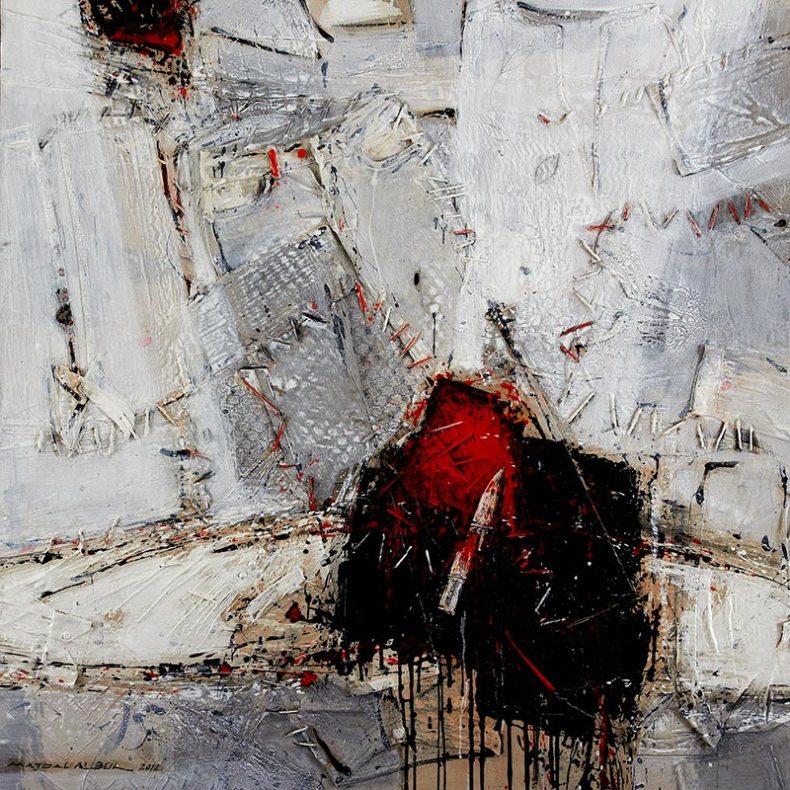
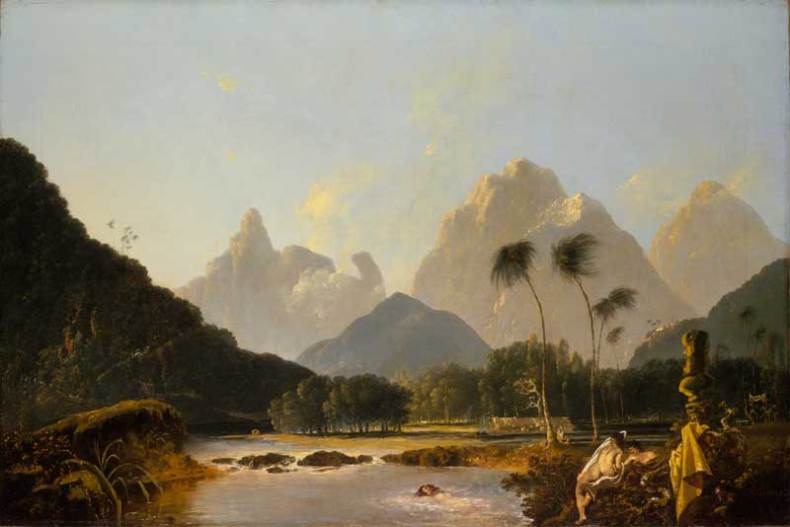
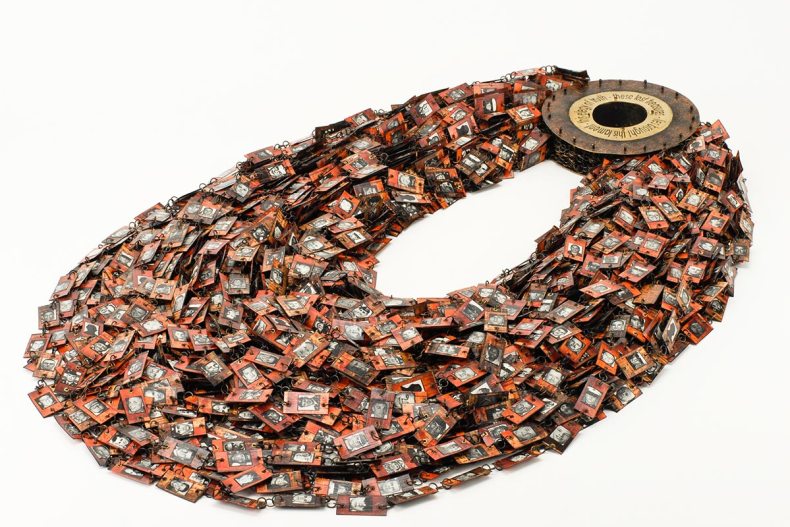
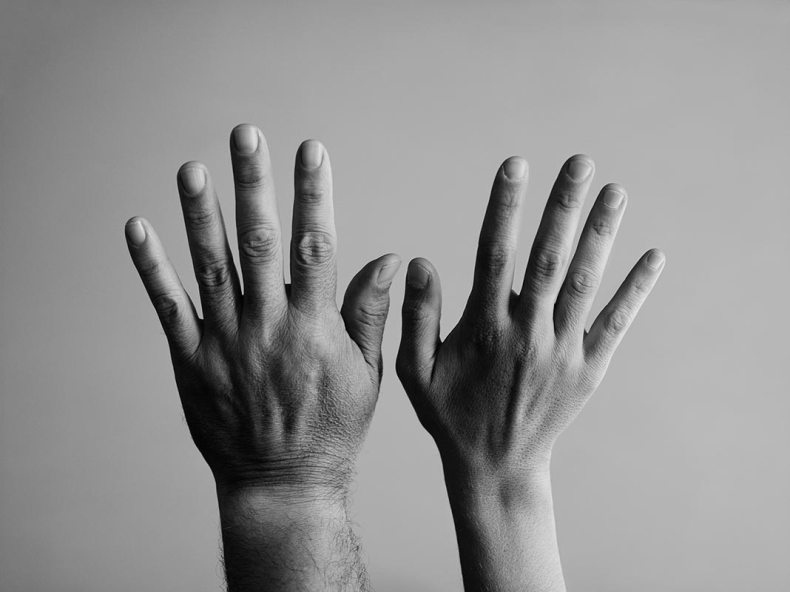
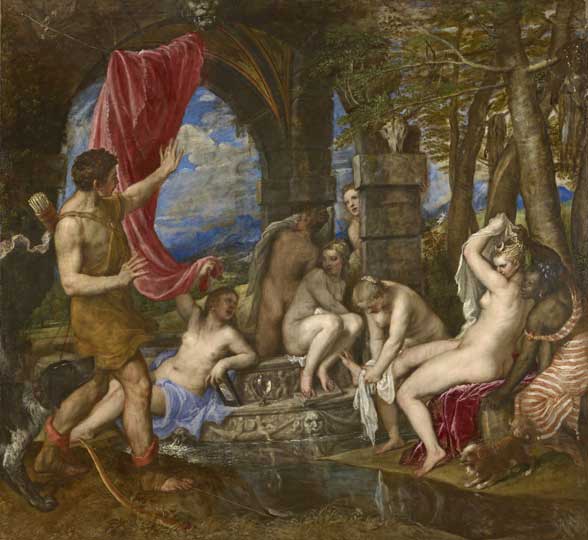












![Masterpiece [Re]discovery 2022. Photo: Ben Fisher Photography, courtesy of Masterpiece London](http://www.apollo-magazine.com/wp-content/uploads/2022/07/MPL2022_4263.jpg)
It’s time for the government of London to return to its rightful home